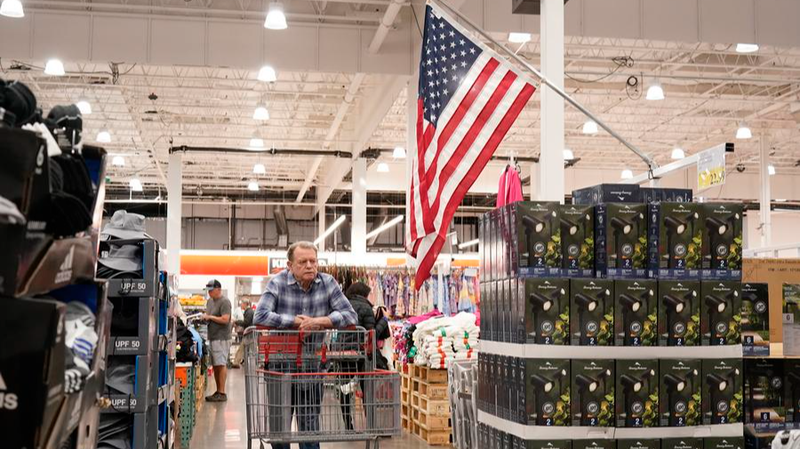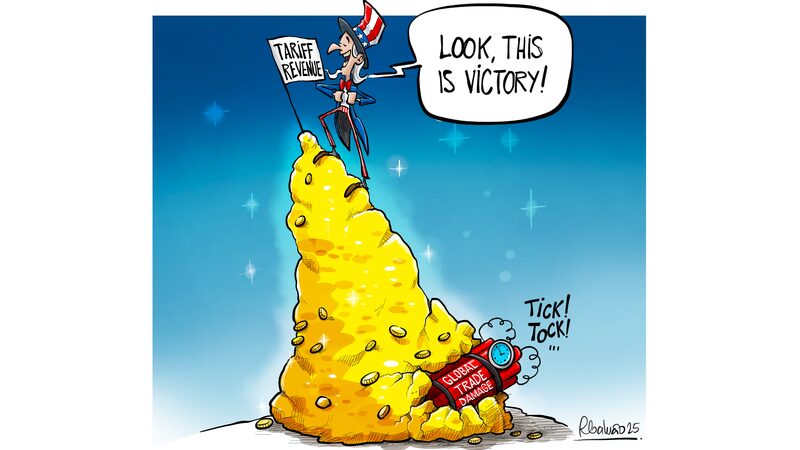Recent U.S. tariff hikes on Chinese goods have reignited debates about their effectiveness in addressing economic challenges. While supporters argue they’ll reduce trade deficits and boost domestic manufacturing, experts caution that these measures could harm American consumers and global supply chains.
Global Supply Chains Undermine Tariff Goals
Modern manufacturing relies on intricate international networks. As late Apple CEO Steve Jobs noted about iPhone production, “Those jobs aren’t coming back.” Tariffs on imported components risk raising costs for U.S. companies, forcing tough choices between price hikes, reduced innovation budgets, or relocating operations abroad—without reviving local jobs.
Historical Lessons and Hidden Costs
Past tariff strategies have often backfired. A Federal Reserve study linked 2018-2019 tariffs to a 1.4% decline in U.S. manufacturing jobs. Similarly, 2002 steel tariffs led to net job losses in downstream industries. Current proposals could cost households $2,100 annually, disproportionately affecting lower-income families spending over 30% of budgets on tariff-impacted goods like electronics and clothing.
Strategic Materials Dependency
With 80% of rare earth minerals—critical for green energy and tech—imported from China, tariffs might elevate costs for electric vehicles and consumer electronics without sparking domestic mining. This reliance highlights the complexity of decoupling interconnected economies.
These measures could also strain the U.S. dollar’s global position. If China responds by reducing Treasury holdings, interest rate spikes might ripple through mortgages and business loans.
As global economic ties deepen, analysts suggest innovation and multilateral cooperation offer more sustainable paths than protectionism.
Reference(s):
cgtn.com








